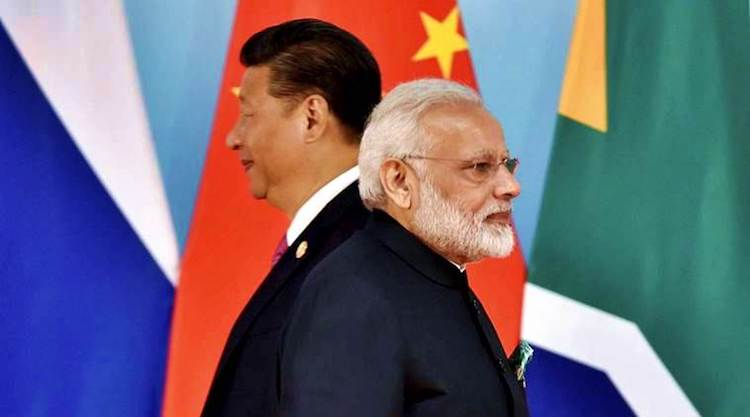Sino-Indian Relations: Dragon Designs and Dragon Dreams

Sino- Indian relations have always been like a see-saw. India shares a border with china in five states. The border disputes, the expansionist designs and territorial fetishism of China are not new. It is deep-seated in history stemming not only from colonial incursions but also nomadic invaders, who plundered the rich Yellow River Valley civilization and ruled China.
The boundary disputes with the dragon started way back in 1865 when India followed the Johnson line and PRC MacDonald Line of 1899. The line agreed between Great Britain, China and Tibet as part of Simla Convention of 1914 was an ambiguous treaty concerning the status of Tibet. The convention with annexes defined the boundaries between China and Tibet, Tibet and British India, as mediated by British administrator Henry McMahon and was known as the McMahon Line.
The boundary disputes with the dragon started way back in 1865 when India followed the Johnson line and PRC MacDonald Line of 1899. The line agreed between Great Britain, China and Tibet as part of Simla Convention of 1914 was an ambiguous treaty concerning the status of Tibet. The convention with annexes defined the boundaries between China and Tibet, Tibet and British India, as mediated by British administrator Henry McMahon and was known as the McMahon Line.



Latest Videos
















